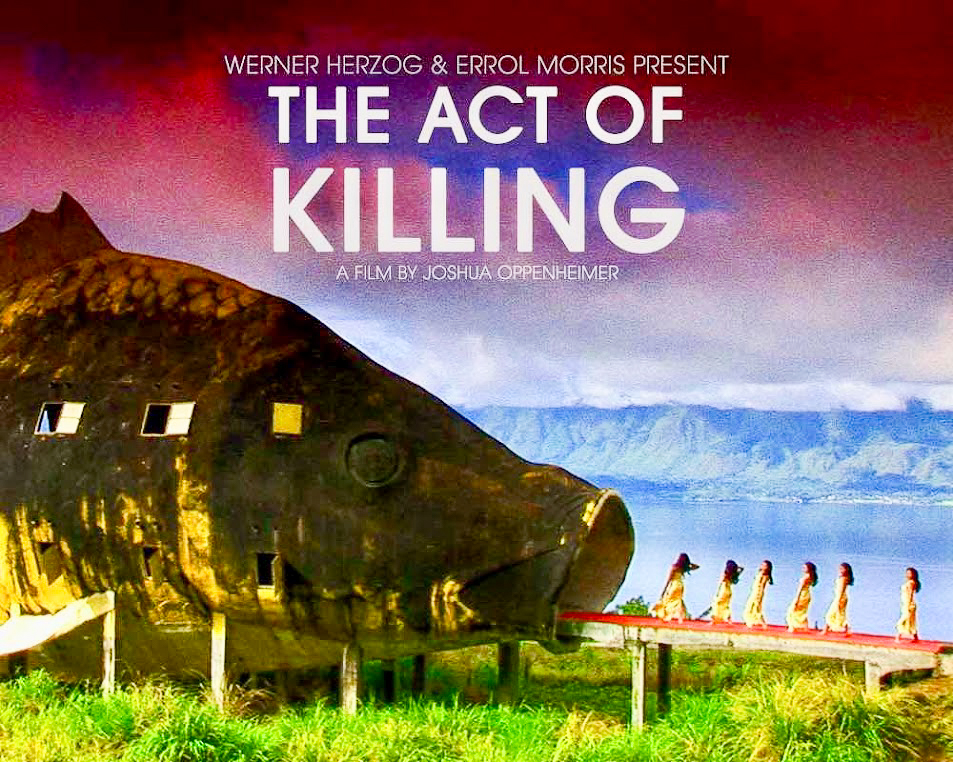"Irreversible" is a movie so violent and cruel that most people will find it unwatchable.
The camera looks on unflinchingly as a woman is raped and beaten for several long, unrelenting minutes, and as a man has his face pounded in with a fire extinguisher, in an attack that continues until after he is apparently dead. That the movie has a serious purpose is to its credit but makes it no more bearable. Some of the critics at the screening walked out, but I stayed, sometimes closing my eyes, and now I will try to tell you why I think the writer and director, Gaspar Noé, made the film in this way.
First, above all, and crucially, the story is told backward.
As I said, for most people, unwatchable. Now consider what happens if you reverse the chronology, so that the film begins with shots of the body being removed from the night club and tracks back through time to the warm and playful romance of the bedroom scenes. There are several ways in which this technique produces a fundamentally different film:
1. The film doesn't build up to violence and sex as its payoff, as pornography would. It begins with its two violent scenes, showing us the very worst immediately and then tracking back into lives that are about to be forever altered.
2. It creates a different kind of interest in those earlier scenes, which are foreshadowed for us but not for the characters. When Alex and Marcus caress and talk, we realize what a slender thread all happiness depends on. To know the future would not be a blessing but a curse. Life would be unlivable without the innocence of our ignorance.
3. Revenge precedes violation. The rapist is savagely punished before he commits his crime. At the same time, and this is significant, Marcus is the violent monster of the opening scenes, and the crime has not yet been seen; it is double ironic later that Marcus assaulted the wrong man.
4. The party scenes, and the revealing dress, are seen in hindsight as a risk that should not have been taken. Instead of making Alex look sexy and attractive, they make her look vulnerable and in danger. While it is true that a woman should be able to dress as she pleases, it is not always wise.
5. We know by the time we see Alex at the party, and earlier in bed, that she is not simply a sex object or a romantic partner, but a fierce woman who fights the rapist for every second of the rape. Who uses every tactic at her command to stop him. Who loses but does not surrender. It makes her sweetness and warmth much richer when we realize what darker weathers she harbors. This woman is not simply a sensuous being, as women so often simply are in the movies, but a fighter with a fierce survival instinct.
The fact is, the reverse chronology makes "Irreversible" a film that structurally argues against rape and violence, while ordinary chronology would lead us down a seductive narrative path toward a shocking, exploitative payoff. By placing the ugliness at the beginning, Gaspar Noe forces us to think seriously about the sexual violence involved. The movie does not end with rape as its climax and send us out of the theater as if something had been communicated. It starts with it, and asks us to sit there for another hour and process our thoughts. It is therefore moral - at a structural level.
IRREVERSIBLE (2002) (Effed UP Movies) >>>
“I know it is coming, and I do not fear it, because I believe there is nothing on the other side of death to fear … I was perfectly content before I was born, and I think of death as the same state.” — Roger Ebert
Inaccessible as mortality itself and as jolting as a bullet to the back, Gaspar Noé’s “Enter the Void” . It isn’t concerned with aliens or spaceships. It’s about what we’re all obsessed with—pretending to live, refusing to die, and latching onto any ersatz empathy just for the sake of hope. It isn’t an optimistic film in its depiction of the afterlife, but that’s entirely the point—and that’s what makes it sort of beautiful.
Writer/director Gaspar Noé has been a staple of the New French Extremity movement since the turn of the millennium. His debut feature, “I Stand Alone” (1998), was a cauldron of rage centered on a man so seething the audience had to strain to see his humanity. “Irreversible” (2002) existed in the same narrative universe but was thematically adjacent more than anything else. They were neck-deep in social nihilism, drowning in the worst of human nature. But while they were each an hour-and-a-half of vitriol, “Enter the Void” acts as the answer to that: a nearly three-hour dissociation of living, dying, and repeating, all from an atheistic view.
“Enter the Void” revels in death right away by treating it like a breath of fresh air in a world hogtied by plastic. First, the film dives into its opening credits, an assault of flashing words and staccato techno music. It’s hypnotic, sure, but it also feels like a game of chicken between the viewer and a case of epilepsy. Just as we adjust to the anarchy, it dies. Cut to black.
Now we’re in a first-person point of view. We are Oscar (Nathaniel Brown), an American drug dealer and addict living in Tokyo. We talk with our sister Linda (Paz de la Huerta) on a balcony overlooking a world of neon and, after she leaves, smoke some DMT. Then a phone call interrupts the trip: it’s Victor (Olly Alexander), an acquaintance asking for some more drugs. But he can’t pick them up, so we need to bring them to him.















.jpg)